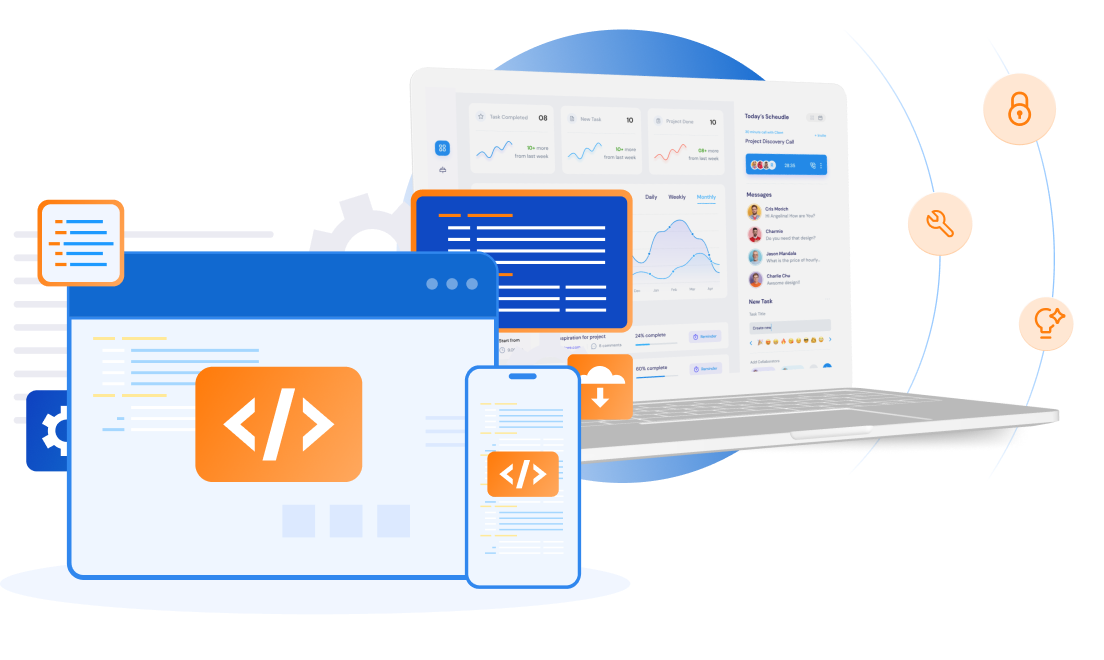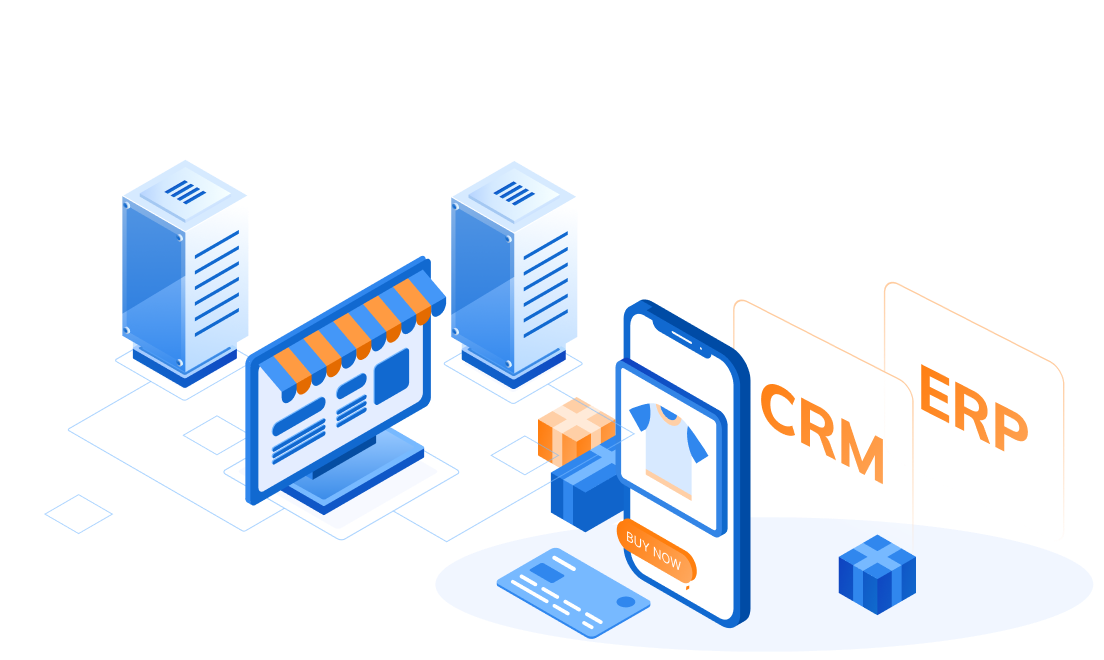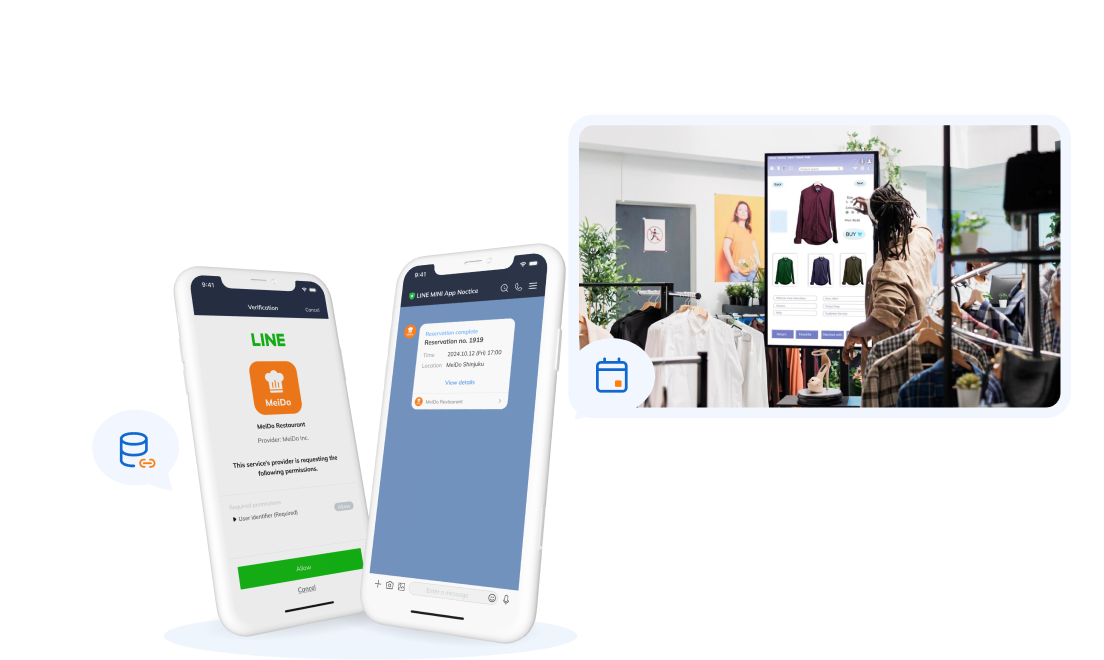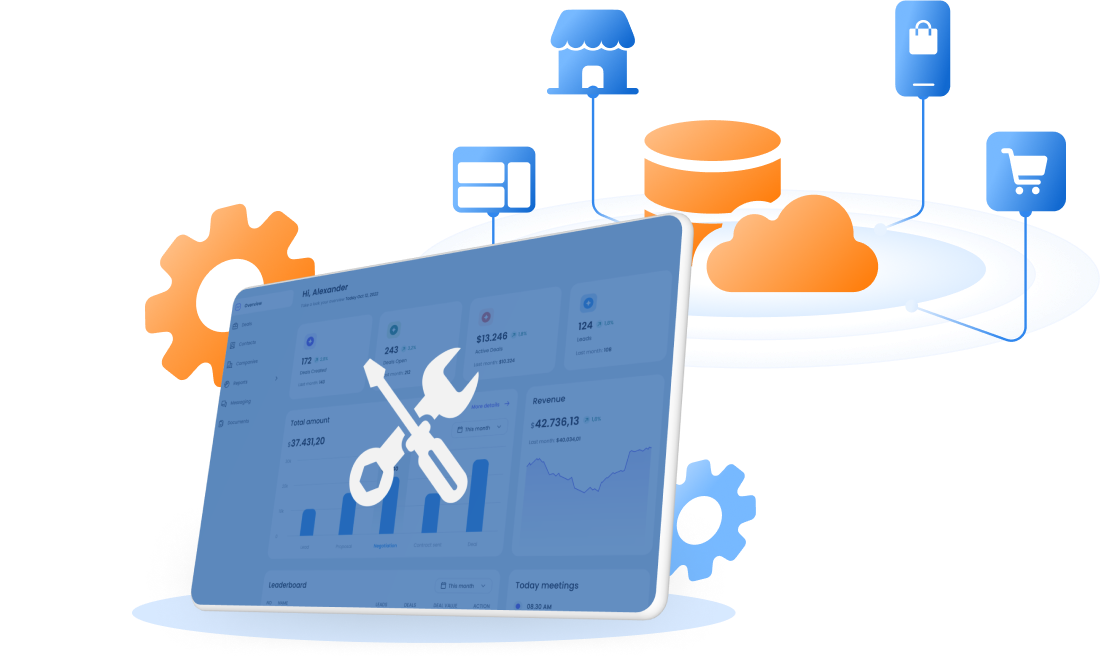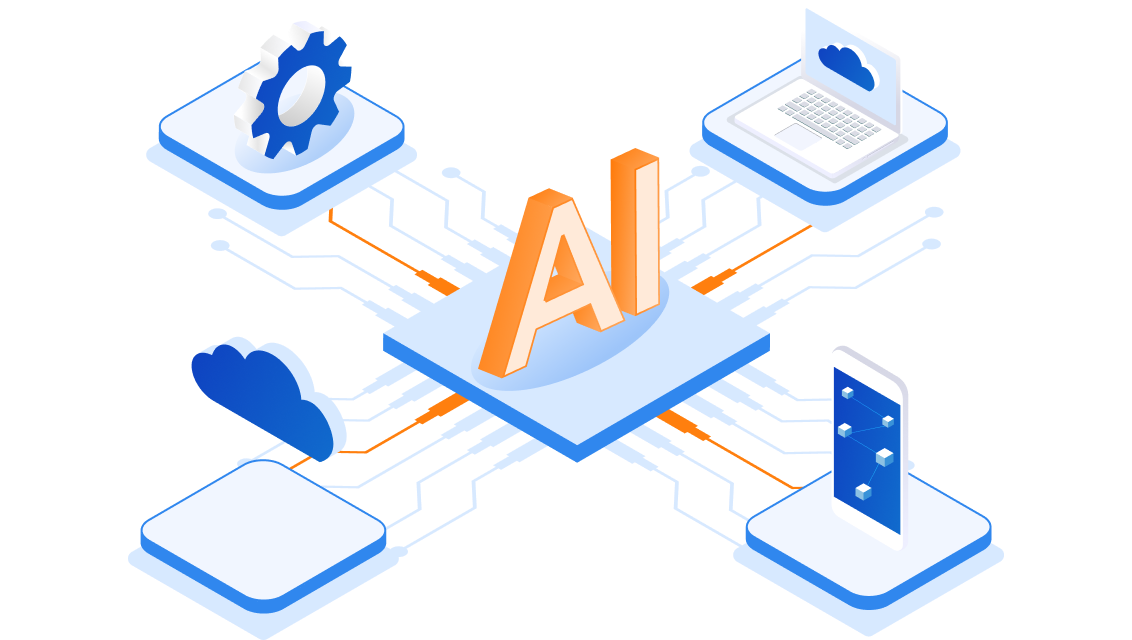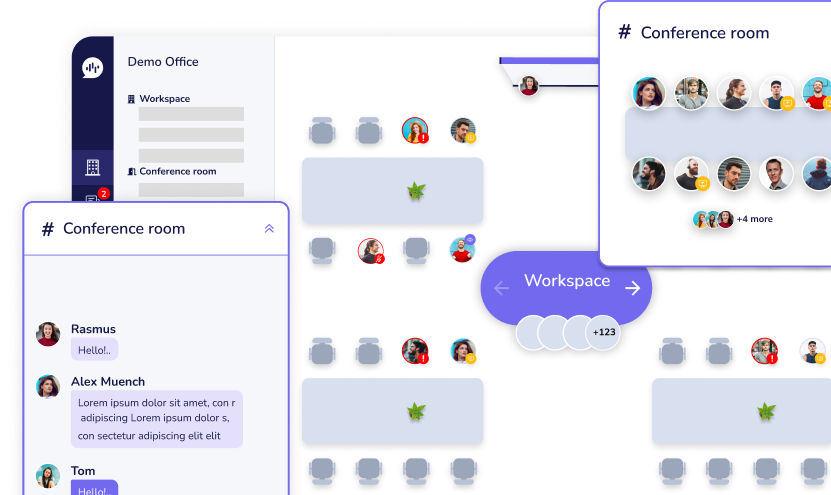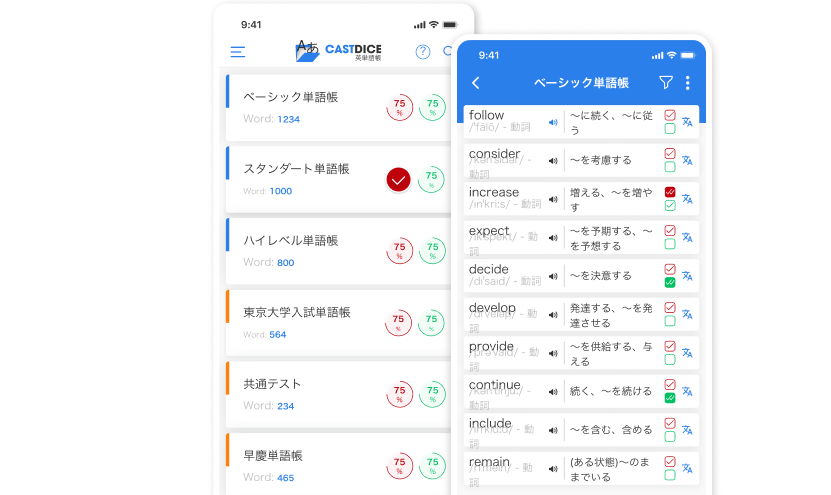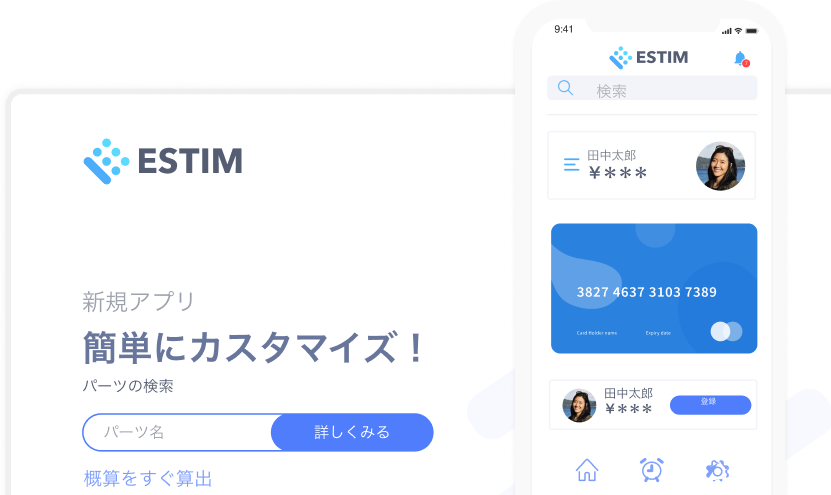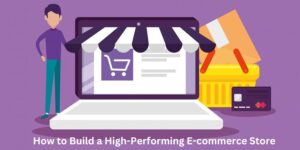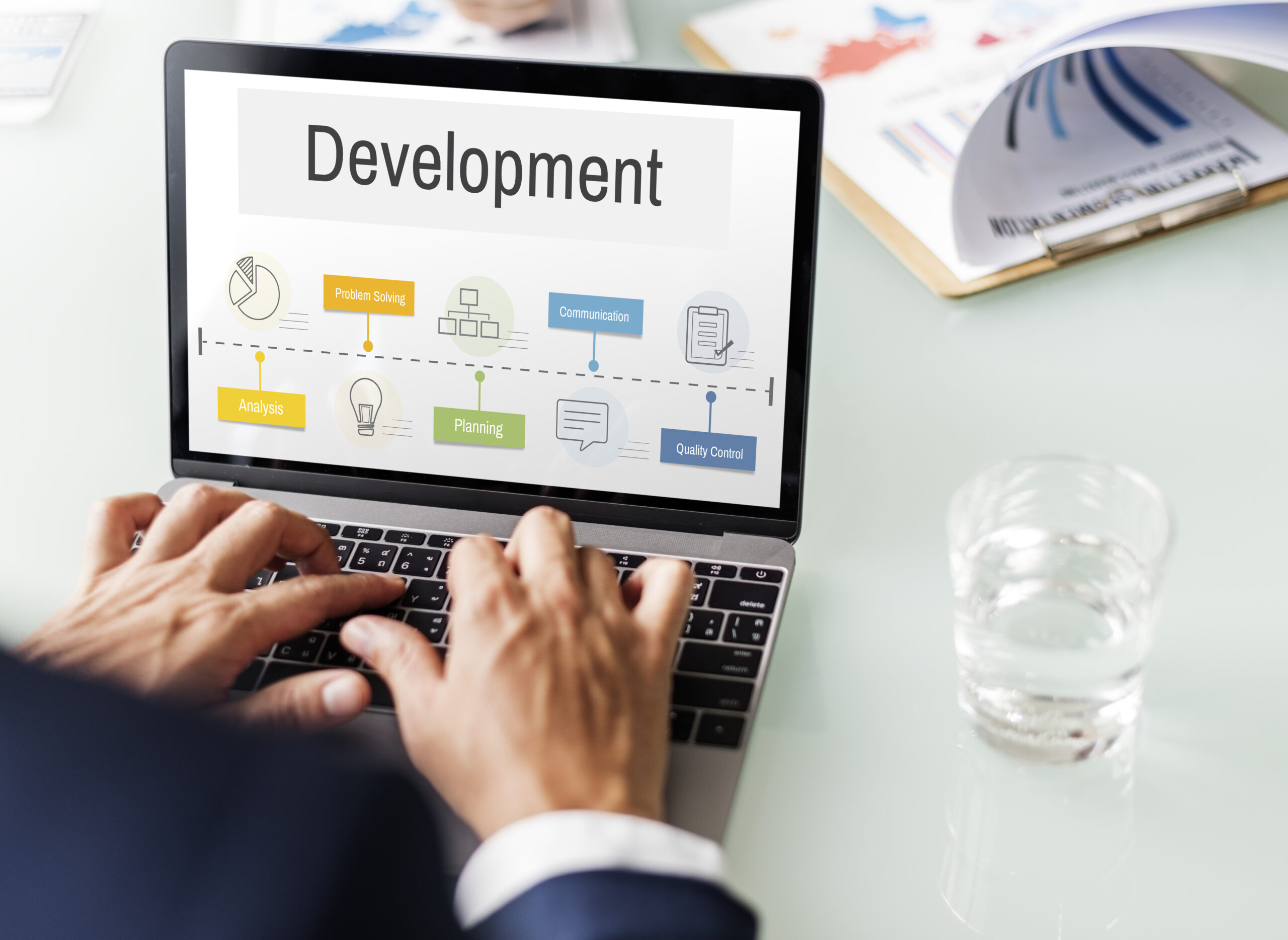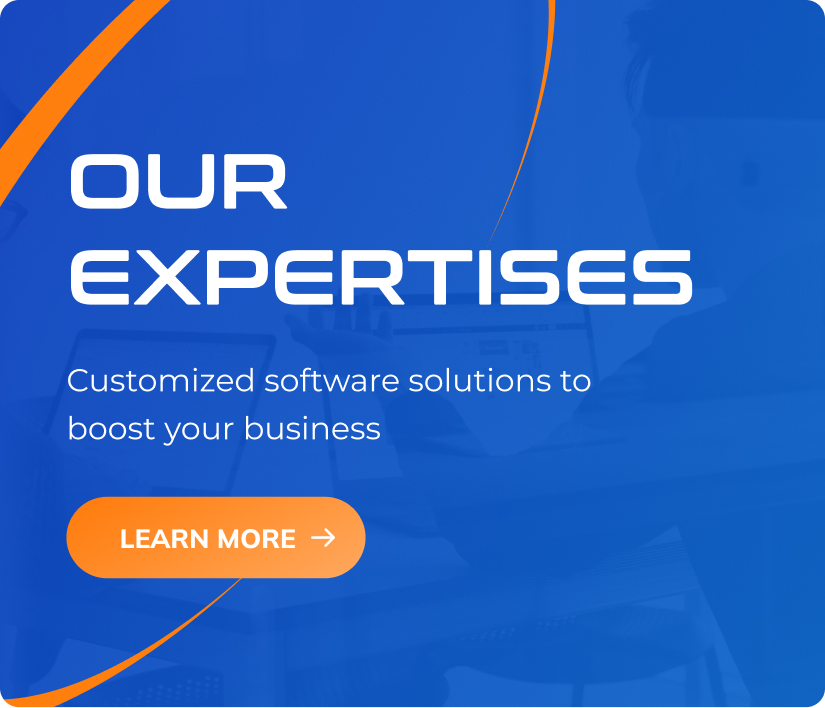The Recipe for a Perfect Shopify Store
07/08/2023
1.16k
Table of Contents

I’m not a chef, but I love food and like to think that using Shopify to build an online store is like cooking in a professional kitchen. The kitchen (Shopify) is equipped with state-of-the-art knives, ingredients and spices, and all the pots and pans you could ever need (don’t judge my lack of kitchen vocabulary!) These tools and ingredients are what Shopify and Shopify Plus make available to everyone in their ecosystem. Just sign in, grab a cutting board and some fresh herbs, then start cooking – er, I mean selling!
However, unlike a restaurant with a pre-determined menu from which everyone orders their meal, Shopify stores need to be one-of-a-kind, bespoke solutions.
For most recipes, there’s nothing stopping you from creating a Michelin-starred online store immediately. But what if your vision requires something a little different – something with a little more pizazz?
Unlike a restaurant with a predetermined menu, the same Shopify store can’t be reused for customers.
Like a flavorful new recipe, online businesses sometimes require unique, out-of-the-box ingredients or adjustments to create the perfect solution. That’s what SupremeTech does for our Shopify and Shopify Plus projects.
We provide the extra spice!
Shopify Store Recipe: Makuake Storefront
After working on Makuake’s admin page, we developed an understanding of their business model and demonstrated the ability to build a quality product. It was then that we were approached with a second opportunity: help develop the Makuake storefront.
The way the storefront works is pretty simple. The merchant submits their business or project to the Makuake team, which approves it in the admin system. After review, the product can be listed and sold on the storefront. Easy.
Most of the features needed for this project were readily available through Shopify Plus public applications. However, after adding the necessary applications, we realized that a few key ingredients were missing.
Shopify Public Apps: Not Everything Needs to be Made From Scratch
We started by finishing the UI/UX of the storefront. This task was relatively easy; to stick with the gourmet kitchen theme, we were just slicing onions and cracking eggs. We implemented most of the UI/UX using Shopify Plus tools and received the desired images and themes from the client. We were able to use PageFly, one of Shopify’s public apps, to create the store’s landing page with ease. There is no reason to go to all the extra effort to build an app from scratch if a perfectly acceptable one already exists; sometimes canned tomatoes are better for the recipe than fresh ones.
Although this part of the project was not the most labor-intensive, it was incredibly valuable. After all, the beautiful UI/UX is what our end users see when they make a purchase, so it requires extra attention.
Makuake has a unique way of presenting its products on its Shopify Plus-powered store. Users can search for their favorite products by filtering by features or special tags attached to each product. Users can also search for the most recently added products, which is especially helpful for repeat customers of the Makuake store who want to keep up with the latest gadgets and inventions.

A Dash of Spice: Shopify Custom Solutions
While the UI/UX was built using available Shopify tools, there was one particular challenge that could not be solved with those tools alone. Makuake Store is a wonderful platform that supports entrepreneurship. It gives people a way to sell their unique creations, including craft spirits and alcohol. However, like most parts of the world, Japan has a legal drinking age (20 and up). Therefore, Makuake Store needed a way to distinguish between age-restricted products and normal products.
The goal was to prohibit the purchase of age-restricted products with a credit card. We did this by adding a custom attribute to shopping cart items. This allows users to add different products to their shopping carts but prevents them from purchasing age-restricted products along with regular items. Not every online store sells age-restricted products, but in this case it was a necessary feature. Without it there would be no way to legally sell delicious craft spirits on the site.
Season to Taste: Shopify Development Allows for Trial and Error
One of the most significant technical challenges for this project was the product ranking list. Users can choose to view the most popular products for the week or month by clicking on the ranking list. The challenge, however, was to display only the top 20 ranked products out of a list of over 1,000 found in the admin server. This means that each time the API is called 1,000 products are processed but only 20 are displayed. Displaying the 20 products is not an issue, but the amount of load time is nearly 10 seconds. This is far too long to be waiting for a screen to load.
We tried several different solutions to reduce the loading time of the ranked list, and we finally managed to reduce the time from 10 seconds to 5 seconds. We were able to do this by implementing pagination and breaking a large amount of information into smaller, bite-sized chunks.
There is also a rankings page on the Makuake storefront home page, but it only displays the top 5 products in a banner. As with the full rankings page, the long load times were detrimental to the overall user experience of the store. However, because the banner is on the home page, long load times are even more inexcusable. The longer the user has to wait for the information to load, the more likely they are to lose interest or click away from the page altogether.
“A Shopify store is rarely seasoned to perfection on the first try.”
Again, we tested several different methods to speed up the process of loading the ranking banner. We found that when the banner took 5 seconds to finish loading, the rest of the page was also backed up. No one likes to look at a bland, white screen when trying to quickly browse products in an online store.
After some trial and error, we decided to apply the lazy loading technique to the banner. No matter what, the banner would take some extra time to load. Therefore, we used this technique to load the banner last and avoid having an unloaded page below it.
A Shopify store is rarely seasoned to perfection on the first try. Most of the time, all you need is a little extra salt. However, sometimes you need to add more acidity or sweetness to create a perfectly balanced creation. Although the Makuake storefront was not a project chock-full of difficulties, finding and implementing the perfect set of solutions required time and patience.
After about half a year of development, we completed and released the storefront. The constant trial and error may have been tedious at times, but the end product was well worth it. At the end of the day, customer, or user, satisfaction with their experience is what truly matters.
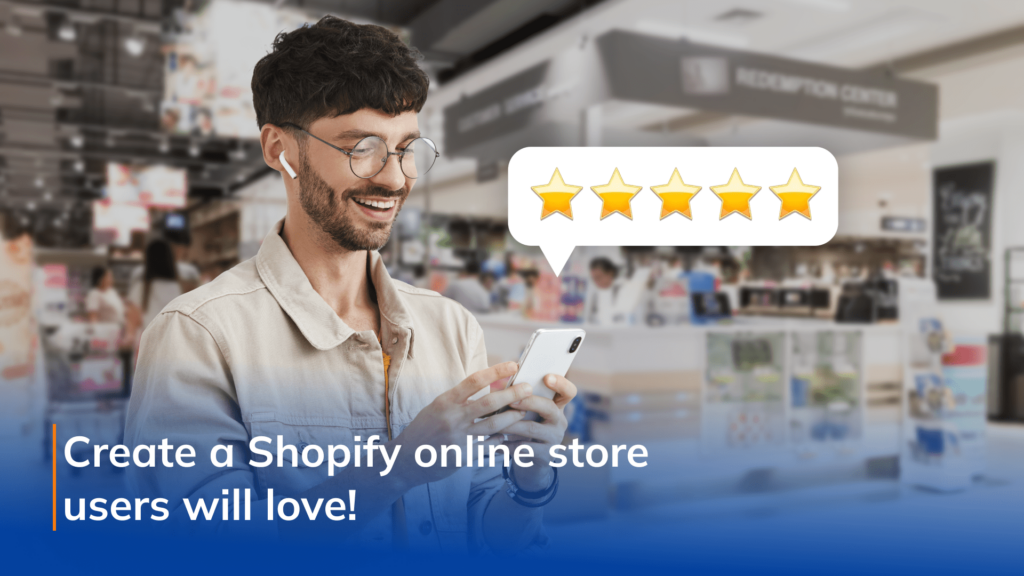
Project Technical Stack
- Programming languages: JavaScript, liquid
- Server & Databases: Shopify
- Applications connected via APIs: Shopify Storefront’s API, 3rd party app’s API
Contact us to get custom solutions for your Shopify business. We offer custom development services to streamline your store management and more!
Related Blog


